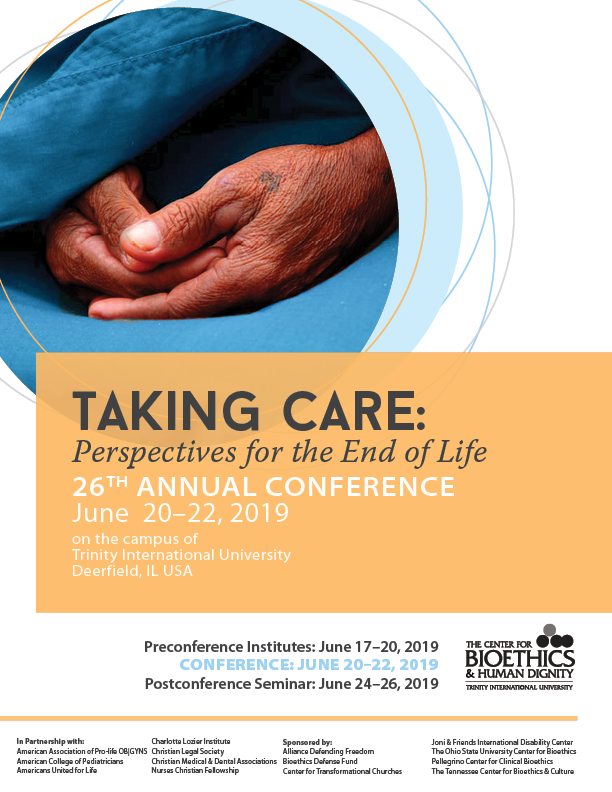
The intensive care unit (ICU) is the location of a majority of end-of-life decisions. Most patients who die in the ICU die following the limitation of life support and allowance of the underlying disease process to continue. As many as 75 percent of ICU deaths occur after a deliberate decision to withhold or withdraw some type of life-support therapy. The ICU features not only a concentration of life-support technologies but also a potential minefield for ethical decision making. Challenges persist in reconciling medical judgments regarding prognosis, outcomes, and the potential utility and futility of ongoing intensive care pursuits. Decisions are often faced regarding compassionate ventilator withdrawal (CVW) for the imminently dying. Key issues include the distinction between allowing patients to die with comfort care provided by potentially deadly opiates and benzodiazepine drugs and allowing the administration of these drugs to intentionally hasten death (euthanasia). Previous legal rulings, as well as ethical principles, guide the making of this distinction. The doctrine of double effect is often used as justification for giving large doses of potentially lethal drugs and for allowing a great deal of freedom in therapeutic decisions. Misunderstanding of how this doctrine should be applied has led some practitioners to administer inappropriately large amounts of medications that undoubtedly accelerate the dying process. Guidelines and institutional protocols regarding this practice need to be established more widely.